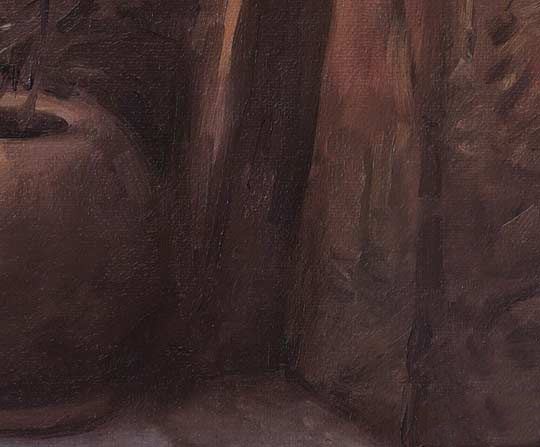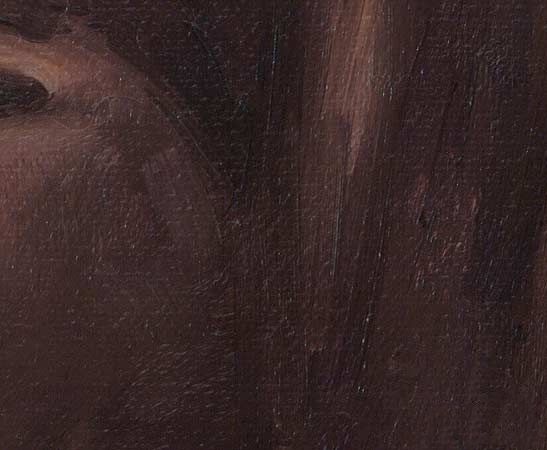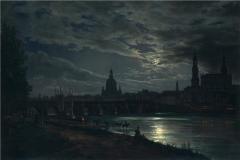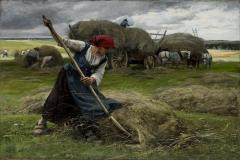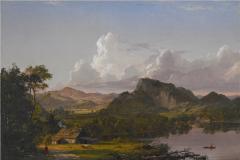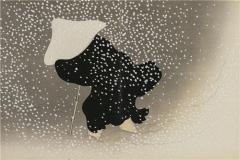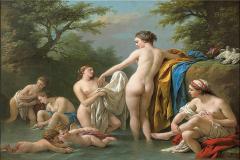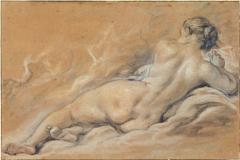You can learn a lot from looking at the original work of most artists where the paint is heavy enough to reveal the application of not only how it was put on but why it works or doesn't work. This goes for current painters as well as old 'masters'. Seeing the original work is the best way I have found to get to the next stage of where I want or think I want to go technically. I feel if I can create work that I can see produces an image that conveys some emotion or mood- then, at least, I am on my way to doing work of some substance that may be convincing enough to move other people. Students often judge an artist or illustrator's work strickly by the images they see in print or even online. The only real way to study good work is to see the originals. There is often quite a difference for these reasons- work in print is always reduced, therefore images close up and tend to look much tighter. Also, color is often off and not nearly as rich as the original paint, especially if translucent glazing or scumbling is used where the eye can see through layers of paint. Imagine seeing a well crafted Rembrant or Maxfield Parrish suddenly turned flat in 4 process colors. Few books have been able to do convincing reproductions. Once you compare many originals its easy to see the treament of the paint, the layering and even feel some of the thought that surrounds the piece. Great work does resonate a presence of the artist's comittment. I've been in front of a few great pieces and you can sense the energy of what it must have took to create the piece, in fact, its a little like being there with its creator. That sounds a little nuts I know, but energy, like light or sound waves, can be contained and if you study the science of it all, you may find that sitting in front of a beautifully painted piece (or up close studying it as I do) will begin to convey some of the sense of higher thought and imagination that went into creating it.
Below, the details are close up sections that zoom in somewhat to show the strokes I use to suggest form. Not that this is a great example, but the idea here is that in seeing the detailing, like looking at original art, you can begin to see how the paint was put on and my intent to round forms by strokes following the shape and contour then the middle shadow areas tapering off from those contour strokes.
